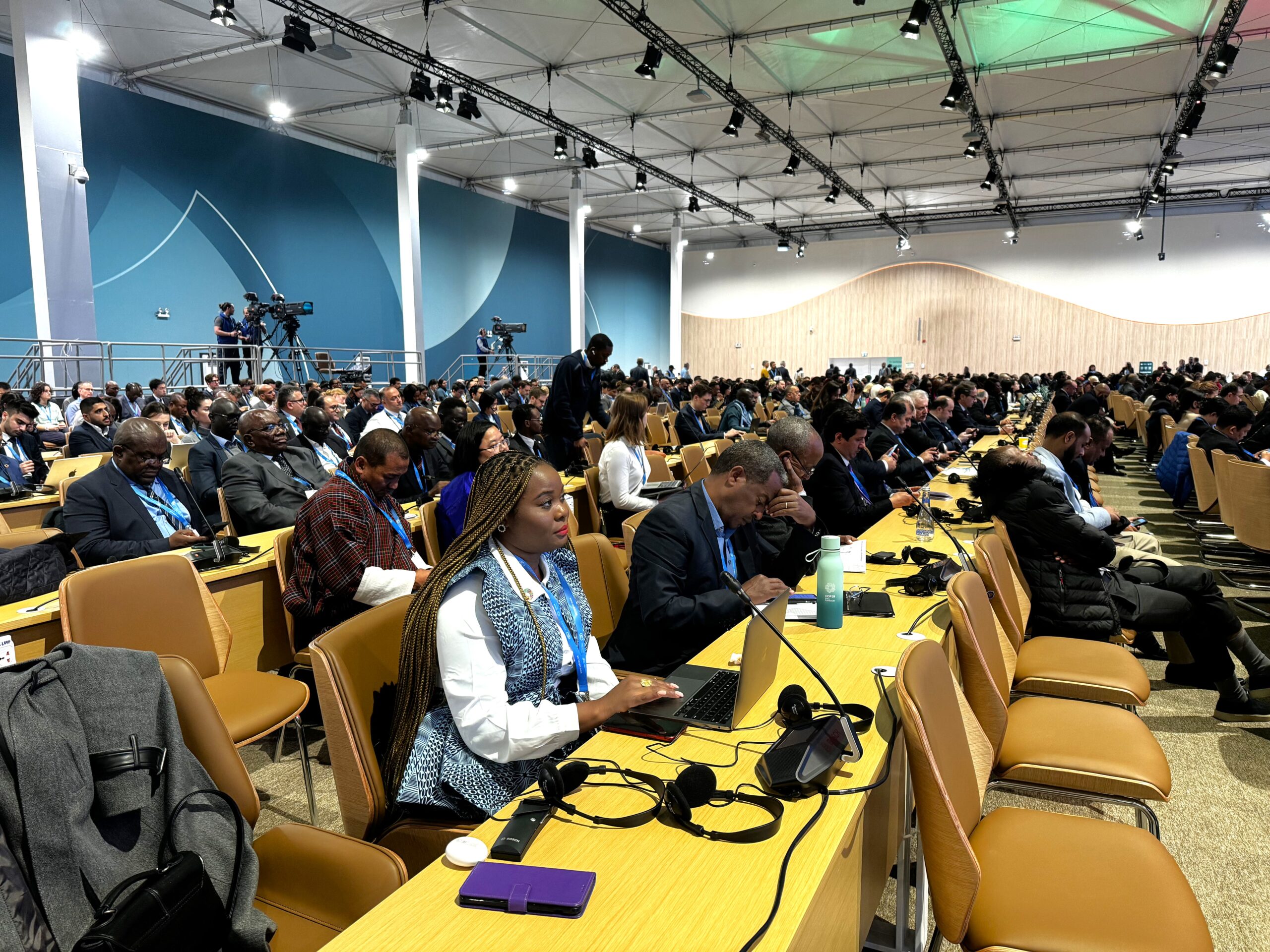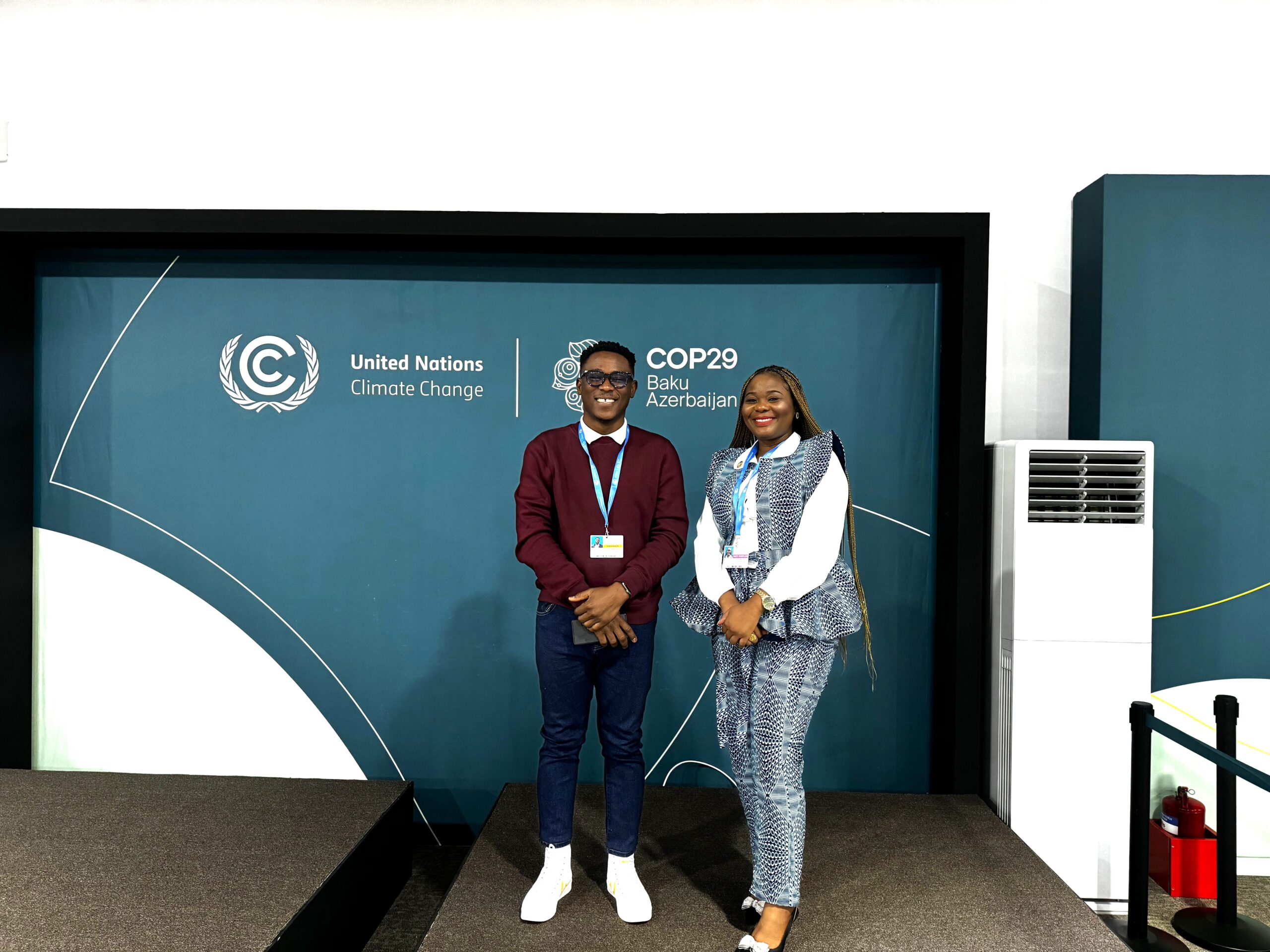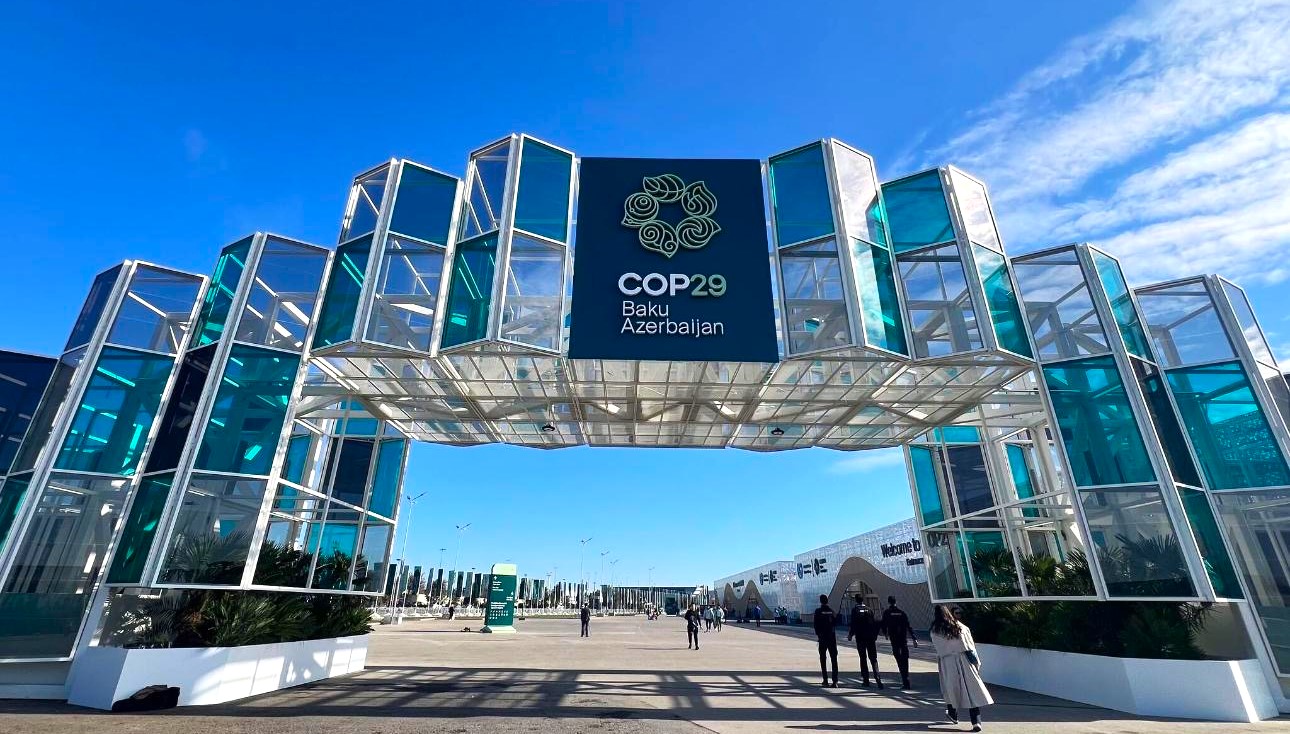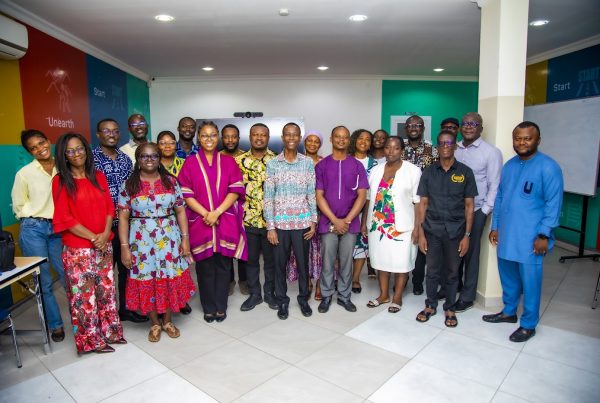COP 29 has officially kicked off in Baku, Azerbaijan, with a strong focus on Raising Ambitions and Mobilizing Climate Finance. The conference has brought together global leaders, negotiators, and climate advocates, creating a high-level platform for advancing meaningful commitments to tackle the climate crisis. Whether attending the meetings in person or virtually, participants are engaged in a collective effort to influence key outcomes, forge alliances, and drive solutions—with youth playing an increasingly vital role in shaping the future of global climate action.

COP29 World Leaders’ Summit
Day 1: Opening Ceremony and Setting the Stage for Action
The first day began with a powerful Opening Ceremony, setting the tone for COP 29’s two-week-long agenda. World leaders emphasized the urgency of raising climate ambition and mobilizing financial resources to tackle the crisis. A key encouraging moment in the ceremony was a big call for intergenerational equity, with young voices at the forefront of the discussions.
The UN Secretary-General António Guterres led the charge by underscoring the central role of youth in the fight against climate change:
_”The youth of today are the leaders of tomorrow. But they are also the leaders of today. They have raised their voices, taken to the streets, and reminded us all of the urgency of climate action. We must listen to them, and we must act.”_
This sentiment was echoed by Azerbaijan’s President Ilham Aliyev, who also highlighted the significant role that young people play in shaping climate policies and leading innovative solutions:
_”We must ensure that young people are not just participants but leaders in the decision-making processes at COP. The future of our planet rests in their hands, and they must be empowered to create the changes we need.”_
The Opening Event set the tone for what would be an important theme throughout the conference: the need to amplify the voices of young people and involve them directly in shaping the policies and financial frameworks that will impact their futures. Against this background, one of the major topics of the day was climate finance, which remains a critical issue for vulnerable countries and youth-driven or youth-led climate initiatives. Calls for stronger financial commitments to support adaptation, mitigation, and loss and damage were central to the discussions.
These key statements in favour of youth inclusion and calling for the importance of it left one interested in finding out what the rest of the days held for the rallying calls for meaningful youth participation in the fight for climate justice and action.
 Day 2: Engaging in Key Negotiations and Youth-Centered Actions
Day 2: Engaging in Key Negotiations and Youth-Centered Actions
The second day saw delegates diving deeper into specific negotiations in the Blue Zone, where the conversations hovered around critical topics like the New Collective Quantified Goal on Climate Finance and the Loss and Damage Fund. These discussions are pivotal in securing financial commitments that will hopefully empower developing nations in the Global South and North and provide resources for youth-led initiatives to build climate resilience and implement sustainable projects.
For youth delegates at COP 29, the aim is that they are particularly engaged in these discussions, ensuring that the needs and priorities of young people are central to all the negotiations. There is also a very strong wave of advocating for greater support for youth-led climate projects, which are often the most innovative and responsive to local challenges.
In the Green Zone, the energy was palpable as youth advocates took center stage to share their climate solutions. Young people are not just advocating for change—they are driving it, with a range of projects that are addressing everything from climate education, and building grassroots capacity, to renewable energy solutions. This space also provided opportunities for informal networking, where youth can meet with decision-makers outside of all the bureaucracy, INGOs, NGOs, and businesses to forge new partnerships and alliances.
Youth representatives have been vocal about the need for more seats at the table. As COP 29 Youth Delegate Aysha Khan remarked:
_”We are here to remind world leaders that we do not have the luxury of time. Our generation will bear the brunt of the consequences if we don’t act now. It is crucial that youth are not only consulted but integrated into all aspects of the climate negotiations.”_
In line with this call on behalf of Global Youth for Inclusion, COP 29 President, Sultan Al Jaber, acknowledged the growing influence of young people in global climate conversations:
_”The contributions of young leaders here at COP 29 are invaluable. They bring fresh perspectives and innovative ideas that are key to driving the transformative change we need. We must ensure their voices are heard and that they are empowered to help lead the way in the fight against climate change.”_
Throughout Day 2, youth-driven activities continued to highlight the urgency of climate justice and intergenerational equity. Whether through advocacy campaigns, climate finance workshops, or presentations on renewable energy solutions, young people are proving that they are not just future leaders as the catchphrase suggests—they are leaders now.

Africa Day High-Level Side Event
Key Takeaways from Day 1 & 2:
Youth Engagement is Critical: Active youth participation at COP 29 is helping to ensure that climate policies reflect youth priorities—especially around climate finance, adaptation, and intergenerational justice. The support from global leaders for increased youth involvement is a step in the right direction, nonetheless, youth need to continue to push for even greater representation in decision-making processes.
Financial Mobilization: A major topic of discussion continues to be the need for increased climate finance. Youth delegates present at COP 29 are heavily advocating for inclusive financial schemes that not only support developing countries but also enable youth-led projects to scale up and drive real change.
Building Alliances: The Green Zone has been an essential space for youth to build alliances with stakeholders across sectors. By forging partnerships with governments, NGOs, and businesses, youth are creating a strong foundation for collaborative climate action that is inclusive and impactful.
Visibility and Innovation: Youth are leading the charge with innovative solutions, from sustainable technologies to climate education programs. The Green Zone is an important space to amplify these initiatives and call for the global scale-up of youth-driven climate action.
As we move further into the rest of the days at COP 29, the momentum continues to grow, with youth playing an increasingly central role in advocating for stronger climate action. Global leaders are beginning to recognize that the fight against climate change cannot be won without the leadership of young people. In the remainder of the days, the focus will be on securing tangible commitments—especially in climate finance—that will drive bold, lasting action for the planet and future generations.







